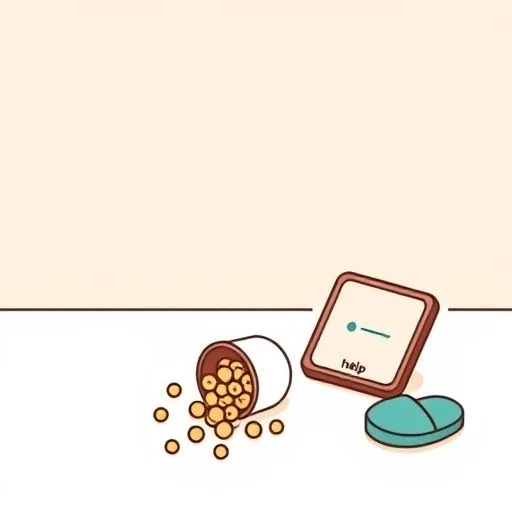
6 a.m. chaos: breakfast spills, tiny shoes missing, and the tablet’s stuck on ‘loading.’ You swore tech would ease the load but now it’s one more thing to fix before school. We’ve all seen her shoulders tense when the alarm app glitches—while still humming the same song that calms your little one. How do those moments of quiet overwhelm become pockets of joy instead? Let’s talk about what really lightens the load when parenting with technology.
That sigh after ‘please’ doesn’t work? Yeah, we’ve been there
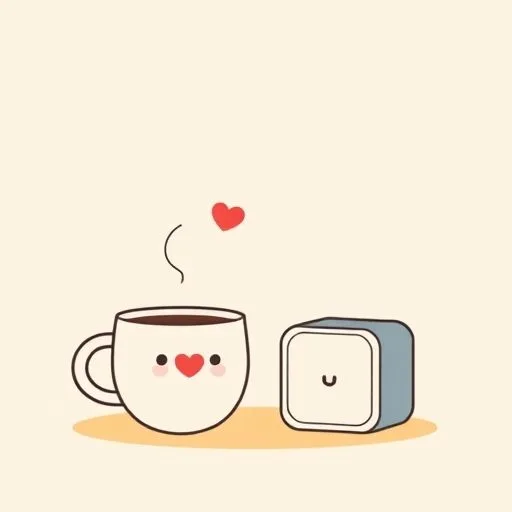
Ever feel like tech promises ease but just adds more to your mental load? You’re standing at the counter, coffee cold, whispering ‘turn off lights’ while the hub blinks red. Her eyes dart between the toddler’s oatmeal and the frozen screen. No tantrums, just that soft exhale when she restarts it for the third time.
You know that mental checklist humming in her head? Did I silence the baby monitor? Will the thermostat hold while we’re at soccer? Why won’t the photos back up… It’s not the tech failing. It’s the weight of carrying all those ‘what-ifs’ alone.
But then? She catches you staring at the broken app—and suddenly you’re both laughing because the dog triggered the ‘goodnight’ routine. That’s where the shift starts: noticing how she holds space for both panic and humor at the same time. Real reducing tech mental load for parents isn’t about perfect setups. It’s her letting you see the mess behind the screen.
The magic in 15-minute victories (you won’t believe #3)
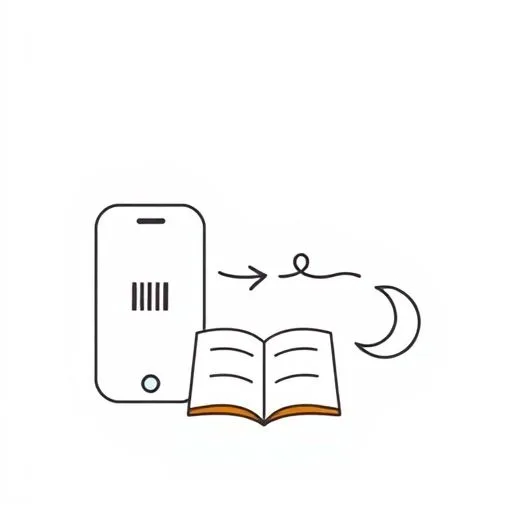
But here’s the beautiful part—those small moments add up to something bigger.
That tiny victory when you shave 15 minutes off grocery time—anyone else? Watch her eyes light up when the fridge cam spots the missing milk. Or when voice commands actually work for meal prep: ‘Add carrots to the list’ while stirring soup. These aren’t ‘small’ wins. They’re lifelines.
I used to think tech mastery meant learning every feature. Then I saw her—after midnight—gently scroll through settings with a yawn, smiling because she’d finally automated bedtime stories. No manuals. No pressure. Just her whispering ‘I’m getting used to this’ after weeks of trial.
That’s where the real joy begins with tech: in the moments she chooses curiosity over criticism. When the scale suddenly shouts ‘Dad is healthy!’ and she laughs through the chaos? That’s not tech working right. That’s her finding peace in the glitch.
Why the rice cooker matters more than the robot vacuum

We obsess over fancy gadgets while missing her quiet genius. Like the week she mastered the rice measurer—not the app sync. Sometimes just mastering the rice measurer in a week feels like enough. Her power lives in the mundane: sticky notes on the microwave with voice commands, or teaching your five-year-old to say ‘Play lullabies’ so you both get five more minutes.
I noticed it last Tuesday. The baby woke early, and instead of fighting the smart home app, she played rain sounds from her phone. No perfect automation—just her turning panic into a cuddle moment. Real tips to reduce tech burden aren’t about speed. They’re about surrender.
That sigh after kids sleep isn’t exhaustion—it’s her savoring phone time because tech finally served her, not the other way around.
What if we measured success by her smile, not system updates?
The hidden language in her fridge notes
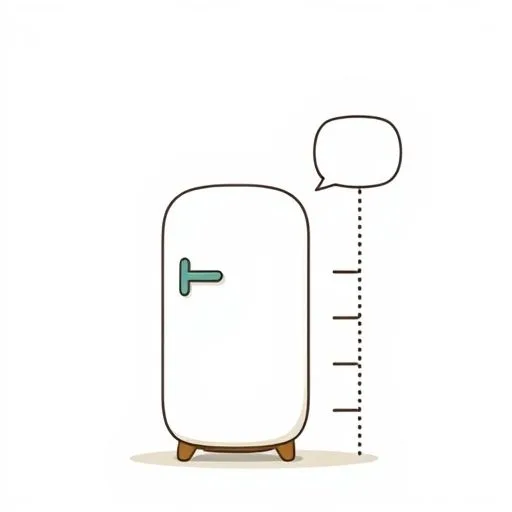
Ever notice how you smile when fiddling with your phone after the kids are asleep? I used to think it was the silence. Now I know—it’s hope. That note on the fridge? ‘The quiet ones are the best’. It’s not about volume. It’s her code for: ‘We don’t need flashy features. Just simple tools that bend to our rhythm.’
Last week, she texted our group chat: ‘How do you stop Alexa from interrupting dinner?’ Three moms replied in minutes, sharing hacks found between diaper changes. Found a tip between baby cries? Share it—it helps us all.
This isn’t tech support. It’s mothers building ladders out of whispers. And here’s what cracked me open: when she says ‘It’s okay if it takes forever to learn one feature’, she’s really saying ‘We’ve got time.’ Tech connects us not through flawless commands, but through the space we create when things go sideways.
What she really needs from you (it’s not help)
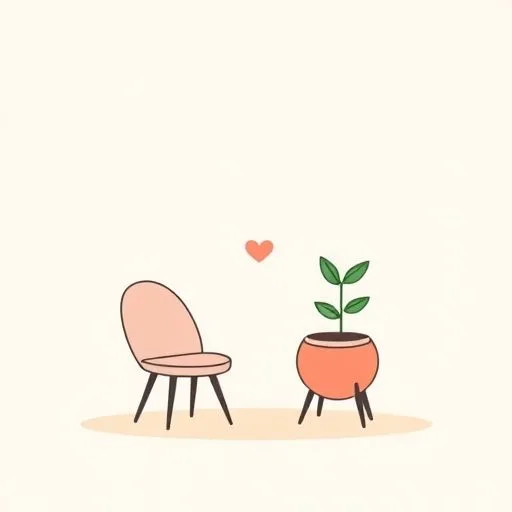
You’ve done the research. Read the manuals. But that morning the printer jammed? She didn’t want solutions. She needed you to see her holding it together. What I really want isn’t a flawless machine, but a learning partner. Not a fixer—a fellow traveler who notices when she’s proud of that new grocery scan trick.
The breakthrough came when I stopped asking ‘What’s wrong with it?’ and started: ‘What did you learn today?’ Her face changed. Suddenly she’d share tiny wins: ‘I set a calm-down timer for tantrums!’ That’s how reducing tech mental load for parents becomes shared joy.
Because tech isn’t the hero here. You are. When she whispers ‘I’m getting used to this’, it’s an invitation. Not to jump in—but to sit with her in the quiet ache of trying. That moment she smiles at the smart speaker? It’s not the tech working. It’s her feeling seen. And friend? That’s the most powerful feature we’ve ever built together.
Source: Why Hotels Struggle with Tech Adoption, And How AI + Education Can Drive Digital Transformation, Hospitality Net, 2025/09/11 07:39:00
